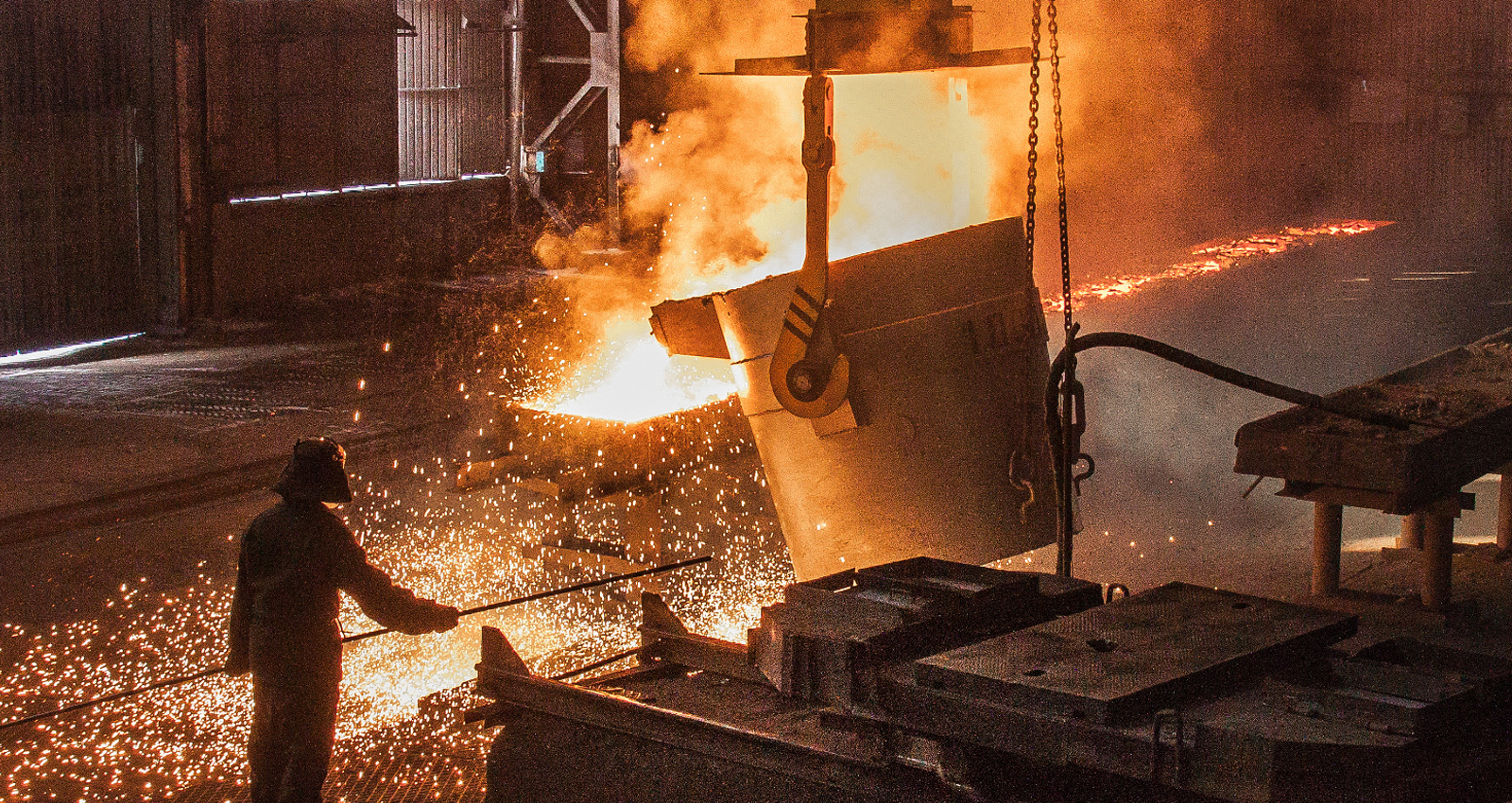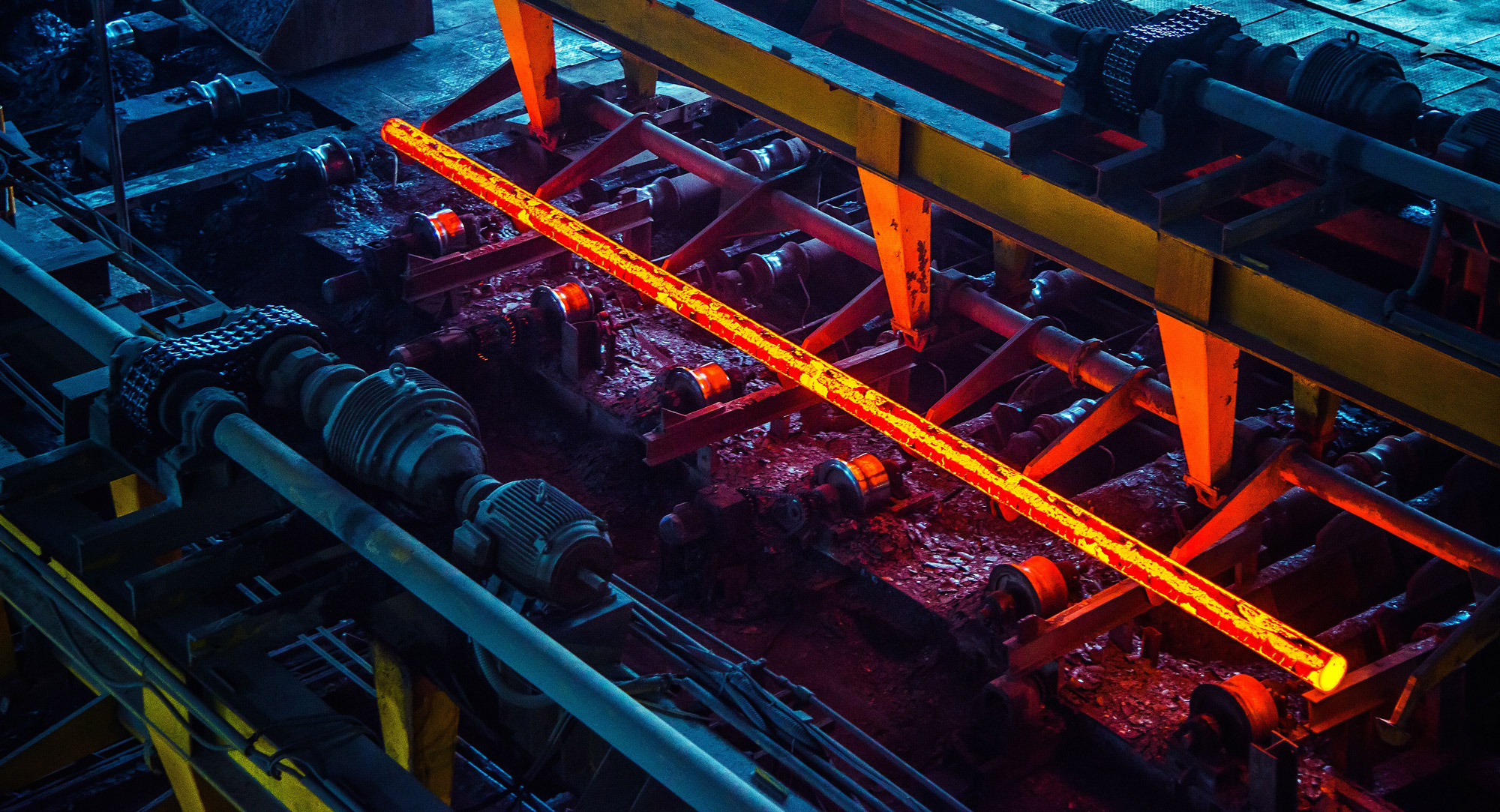Application of Calcined Petroleum Coke (CPC) and Graphitized Petroleum Coke (GPC) in Steelmaking Processes
2024.3.12
Calcined Petroleum Coke (CPC) and Graphitized Petroleum Coke (GPC) are essential carbonaceous materials utilized in various stages of steelmaking processes. Their unique properties make them indispensable for improving the quality and efficiency of steel production. This article delves into the utilization of CPC and GPC in steelmaking, highlighting their significance and diverse applications throughout the refining process.
Carbon Additive in Furnaces:
CPC and GPC are widely used as carbon additives in steelmaking furnaces such as Electric Arc Furnaces (EAF) and Induction Furnaces (IF). These carbonaceous materials act as sources of carbon, facilitating the reduction of iron oxides and promoting the formation of carbon monoxide, which reacts with impurities to form slag. This process helps in refining the molten metal and adjusting the carbon content of the steel.

Temperature Control and Heat Transfer:
In steelmaking processes, maintaining optimal temperatures is crucial for efficient heat transfer and chemical reactions. CPC and GPC, due to their high carbon content and low impurity levels, exhibit excellent thermal conductivity and stability at high temperatures. As a result, they are utilized as heat exchangers and temperature regulators in ladle and tundish metallurgy, ensuring uniform heating and refining of the molten steel.
Desulfurization and Deoxidation:
Sulfur and oxygen are common impurities in steel that can adversely affect its mechanical properties. CPC and GPC, when added to the molten metal, undergo reactions with sulfur and oxygen, leading to their removal as gases or slag-forming compounds. This desulfurization and deoxidation process helps in improving the cleanliness and quality of the steel, resulting in enhanced mechanical properties and surface finish.
Inclusion Control:
Control of non-metallic inclusions is essential for achieving the desired cleanliness and homogeneity of steel. CPC and GPC, with their uniform particle size distribution and low ash content, are effective in modifying the morphology and composition of inclusions in the steel matrix. This results in improved mechanical properties, such as toughness and fatigue resistance, and reduces the risk of surface defects.
Refractory Material Binder:
In steelmaking refractory applications, CPC and GPC are utilized as binders and additives in the production of refractory materials such as magnesia-carbon bricks and gunning mixes. Their high carbon content enhances the thermal stability and erosion resistance of the refractory lining, prolonging the service life of the furnace and reducing maintenance costs.

Environmental Considerations:
The use of CPC and GPC in steelmaking also has environmental implications. Their low sulfur and ash content contribute to reduced emissions of sulfur dioxide and particulate matter, improving air quality and meeting environmental regulations. Additionally, the recycling of spent CPC and GPC further enhances sustainability by reducing waste generation and conserving natural resources.
In conclusion, CPC and GPC are versatile carbonaceous materials that play indispensable roles in various aspects of steelmaking processes. Their unique properties contribute to the improvement of steel quality, process efficiency, and environmental sustainability. Continued research and innovation in the utilization of CPC and GPC are essential for optimizing steelmaking practices and meeting the evolving demands of the industry.

